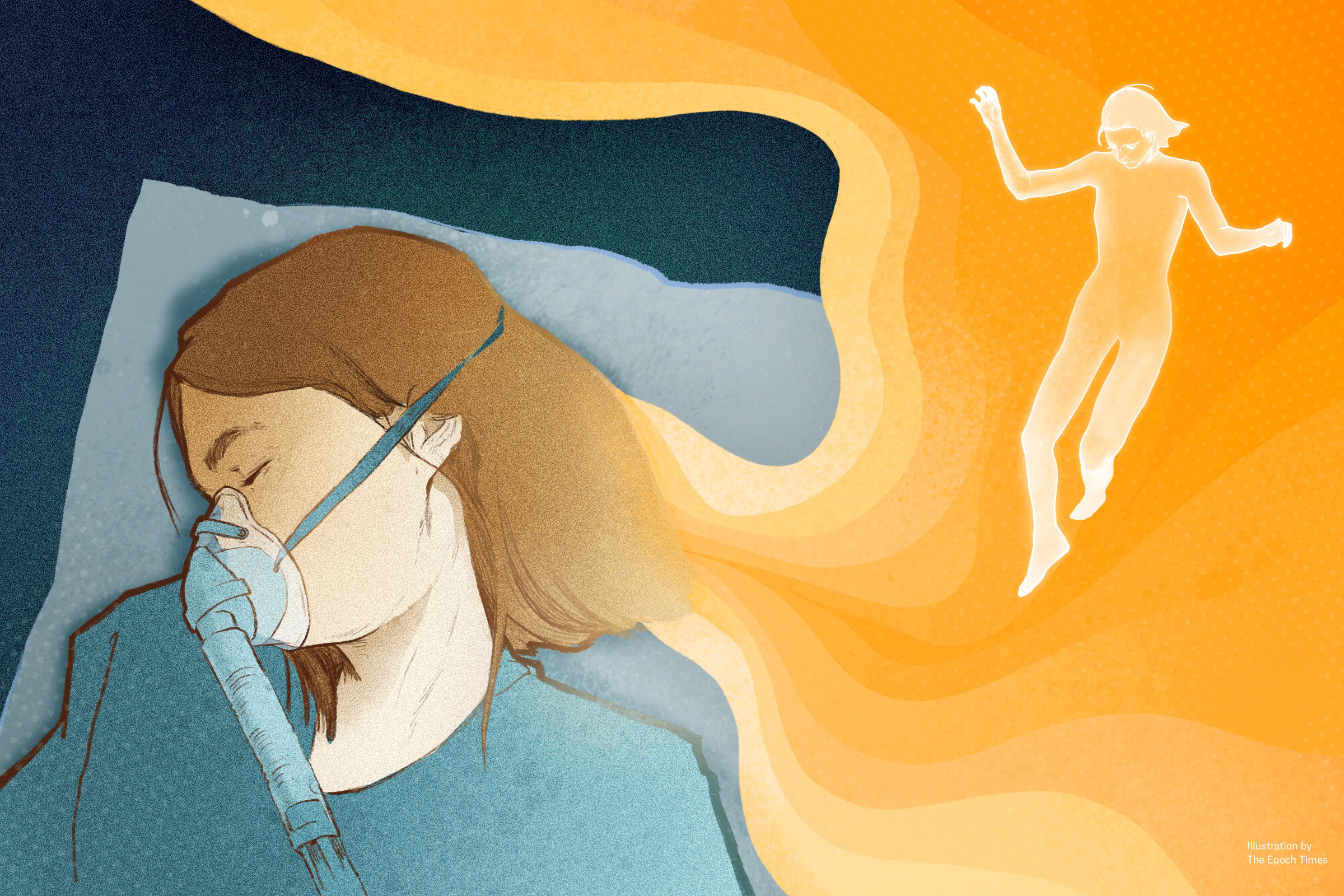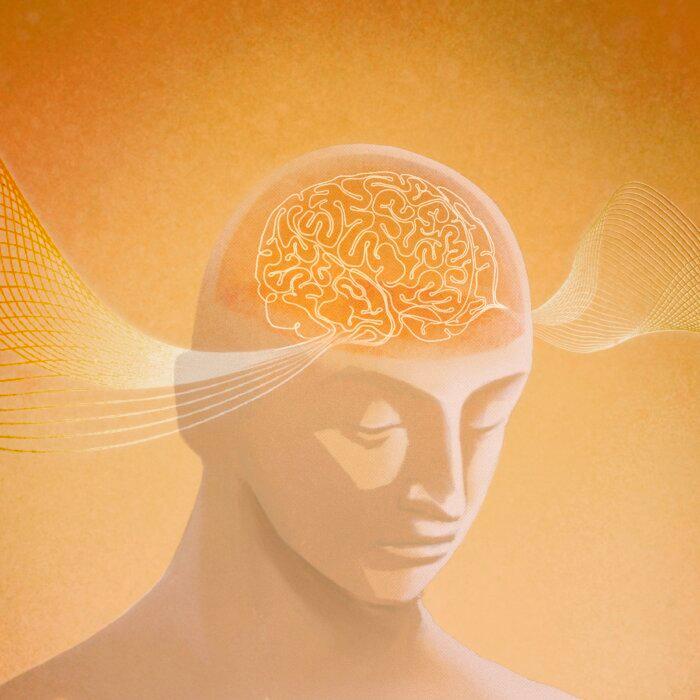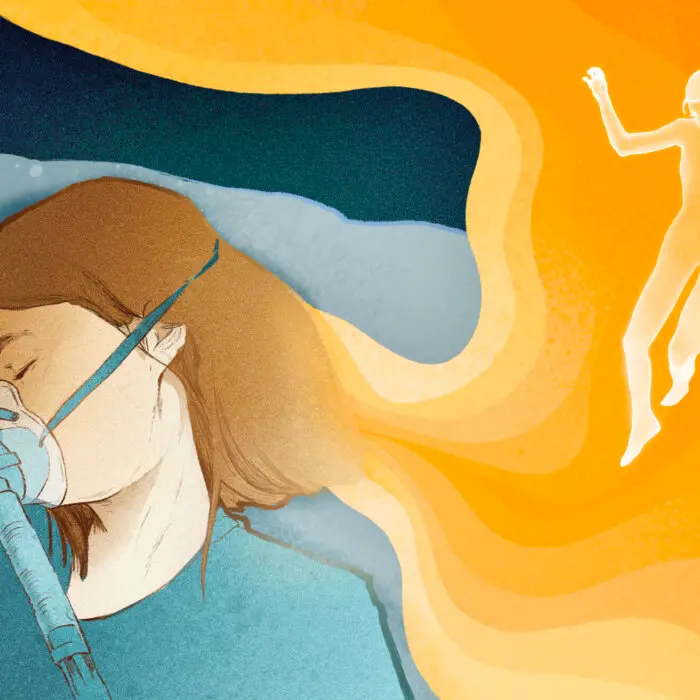“When he hugged me, I could feel my son,” recounted Jerry’s mother. “He was there.”
When Jerry was 16 months old, he tragically drowned. His heart was transplanted into Carter, a 7-month-old boy with congenital heart disease. Years later, when Jerry’s mother, a physician and self-proclaimed “natural born skeptic,” met Carter, she was struck by similarities to her son. “Carter is 6 [years old],” she observed, “but he was talking Jerry’s baby talk and playing with my nose just like Jerry did.”
Carter’s mother also witnessed extraordinary behaviors in her son after the heart transplant. “I saw Carter go to her,” she reported, referring to Jerry’s mother. “He never does that. He is very, very shy, but he went to her just like he used to run to me when he was a baby. When he whispered ‘It’s okay, Mama,’ I broke down. He called her mother.”
Even more astonishing was Carter’s reaction to Jerry’s father. “When we went to church together, Carter had never met Jerry’s father,” she explained. “We came late, and Jerry’s dad was sitting with a group of people in the middle of the congregation. Carter let go of my hand and ran right to that man. He climbed on his lap, hugged him, and said ‘Daddy.’ We were flabbergasted. How could he have known him? Why did he call him dad?”
A New Heart, A New Person?
Paul Pearsall, a clinical neuropsychologist at the University of Hawaii, and Gary Schwartz and Linda Russek, from the departments of psychology and medicine at the University of Arizona, Tucson, first documented Jerry and Carter’s cases.Research in their study was based on more than 74 organ transplantation cases, including 23 heart transplants, brought to Pearsall’s attention over a 10 year span. He found that organ recipients sometimes adopt traits of the donors, including preferences, emotions, personality characteristics, memories, and even aspects of identity. Pearsall’s study design was thorough, incorporating interviews with the transplant recipients, their social circles, and close contacts of the donors.
The researchers detailed key observations from 10 pairs of cases in which patients shared their experiences of personality changes following organ transplantation, including the case of “Danielle.”
Danielle, an 18-year-old girl, received a heart transplant from an 18-year-old boy named Paul. Before the transplant, Danielle had no musical inclination. However, after receiving Paul’s heart, she developed a profound love for music and felt a strong urge to play the guitar, the same instrument Paul played.
When Danielle met Paul’s family, she reported feeling a significant connection, stating, “I knew him [Paul] directly.”
The results showed that 47.8 percent of the heart transplant recipients experienced at least four significant personality changes, in contrast to 25 percent of recipients of other organs.

Personality changes, including participation in or watching sporting activities, changes in temperament, and food preferences, were reported.
Heart Brain
Dr. Mitchell B. Liester, an assistant clinical professor in the Department of Psychiatry at the University of Colorado School of Medicine, hypothesized that during heart transplants, the donor’s consciousness or memories stored in the organ might be transferred to the recipient.He outlined that the recipients may adopt personality traits from their donors through cellular memory, which he categorized into six types: epigenetic, DNA, RNA, protein memory, heart nerves, and electromagnetic energy.
Anatomically, the heart’s nervous system bears a striking resemblance to that of the brain. Both systems possess intricate structures, share similar neurotransmitters, and display adaptability over time. Due to these parallels, the heart is often called the heart brain.
Traditional Chinese medicine, with a history of 5,000 years, has a similar adage: “The heart governs the mind and spirit,” suggesting that our hearts are part of our consciousness.
Dr. Eben Alexander, a former neurosurgeon and professor at Harvard Medical School, stated in an interview with The Epoch Times, “To look at it as a ‘heart consciousness’ makes perfect sense.”
He added that confining consciousness to only the heart or the brain may not be the full picture. The organs serve more as “a transceiver, a filter,” he said. “Our physical body is just a way of manifesting this consciousness.”
Out-of-Body
One compelling case reported by former cardiologist Dr. Michael Sabom involves 35-year-old Pam Reynolds (pseudonym), who underwent brain surgery for an aneurysm. To ensure the success of the surgery, all blood was drained from her brain, and even her heart stopped beating.During surgery, there were no EEG waves, and her brain stem showed no activity. Additionally, she was under deep anesthesia, with her body temperature lowered to 60 degrees Fahrenheit. By all clinical definitions, she was completely unconscious.
However, as later recounted in the book “Light and Death” by Sabom, shortly after beginning the surgery, Pam heard a buzzing sound and felt as though she had left her body, eventually observing the surgery from a higher vantage point as if she were sitting on the surgeon’s shoulder.
After the surgery, she reported several vivid details. She accurately described the neurosurgeon’s tools used to open her skull and was able to recount the conversations among the medical staff. She claimed to hear the song “Hotel California” playing despite the fact that a 100-decibel device was inserted into her ears, resulting no brain activity at all. All of her observations were later verified by the medical staff.
A 44-year-old man had a cardiac arrest and fell into a coma. During resuscitation, a nurse removed the patient’s dentures and placed them on a nearby cart. Hours later, the medical team successfully restarted the man’s heart.
Not a Rare Experience
These phenomena, known as “near-death experiences,” or NDEs, have been reported by people who have had vivid experiences during moments of clinical death or extreme danger.These individuals describe floating outside their bodies and observing details of their surroundings, many of which can be independently verified by medical personnel, such as in Pam’s case.

Remarkable Accuracy
Janice Holden, whose primary research focus has been counseling implications of near-death experiences, after-death communication, and other transpersonal experiences, conducted interviews with 93 patients who experienced near-death situations. She asked the participants to describe their observations of the events that occurred around them. Hospital staff later verified these observations for accuracy.The results revealed that 92.5 percent of the observations were completely accurate, meaning they matched the actual events as confirmed by hospital staff. Additionally, 6.5 percent of the observations were nearly accurate, indicating that while they were mostly correct, there were minor discrepancies. Only 1.1 percent of the observations were deemed inaccurate, which was attributed to a single patient in the study.

Dr. Jeffrey Long, a practicing radiation oncologist in Kentucky, studied NDEs for 25 years. In his book, “Evidence of the Afterlife: The Science of Near-Death Experiences,” Long described a survey of 617 near-death experiencers, of whom 46.5 percent described out-of-body experiences. Among these individuals, 97.6 percent of the observations were verified as real.
“When they check out what they saw when they recovered from their life-threatening event, it’s essentially always accurate down to the finest detail.” Long, who studied more than 4,000 NDE cases, told The Epoch Times.
The similarities, consistencies, and accuracy observed in near-death experiences should encourage us to consider these studies and phenomena legitimate scientific inquiries, he said.
To Other Dimensions
In addition to out-of-body experiences, prominent medical journals and doctors have reported cases where people journeyed beyond the current physical world.Alexander’s career includes more than 25 years of experience as a neurosurgeon, with 15 years spent at Boston’s Brigham and Women’s Hospital and Children’s Hospitals and Harvard Medical School in Boston.
Though his condition deteriorated rapidly, he awoke seven days later.
During the week he was in a coma, as his life ebbed away, Alexander had an extremely vivid experience. According to his recollection, he felt reborn as a primitive, gooey substance, then rode on the wing of a butterfly guiding him to a realm “entirely different kind of eternal nature outside of Earth.” he said.
The world he saw had immense clouds of pink and white, transparent, shimmering beings moving in an arc across the sky, leaving rainbow streaks, he told The Epoch Times. In his book, “Proof of Heaven: A Neurosurgeon’s Journey into the Afterlife,” Alexander interpreted this world as heaven. He also described feeling the love of God and the presence of angels.
In 1999, during a kayaking accident, Neal drowned, and her consciousness seemed to leave her body, entering a realm of light. There, she encountered spiritual beings and underwent a life review.

‘Non-Physical’
Both heart transplant surgery and NDEs suggest a remarkable fluidity to consciousness. Human consciousness is likely a free entity moving around in our body. It can relocate to our hearts, move outside our bodies, and even travel to other dimensions that are imperceptible to human eyes.Long shared that if people really understood the overwhelming evidence for the existence of consciousness independent from the body, “it’s very easy to accept that we are literally eternal beings that have an earthly, physical existence, but our greater reality is that of non-physical and in that non-physical consciousness.”
Regardless of where consciousness may travel, it must have an origin—a starting point.


















